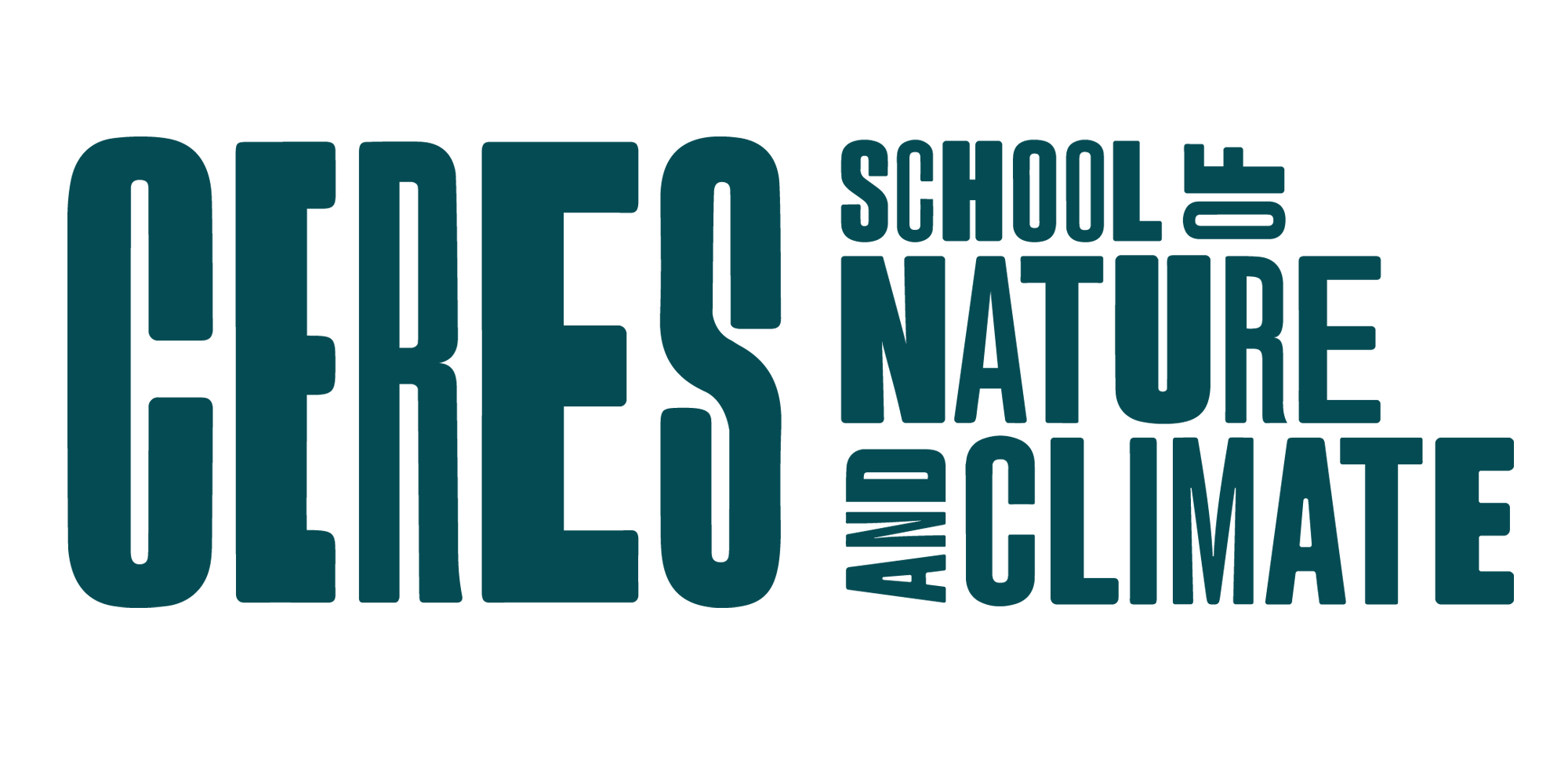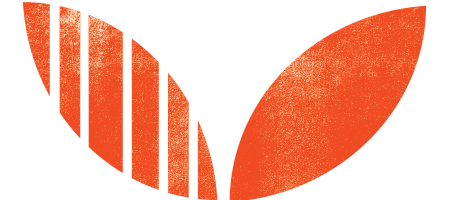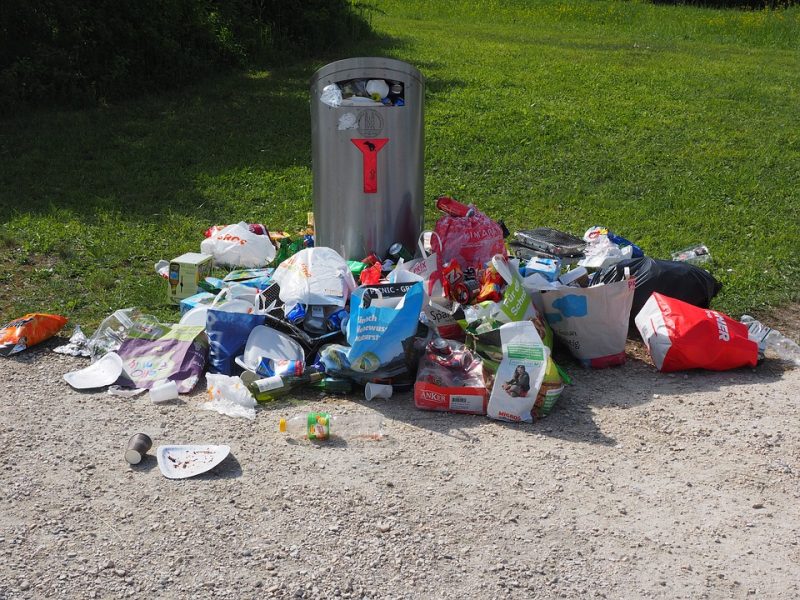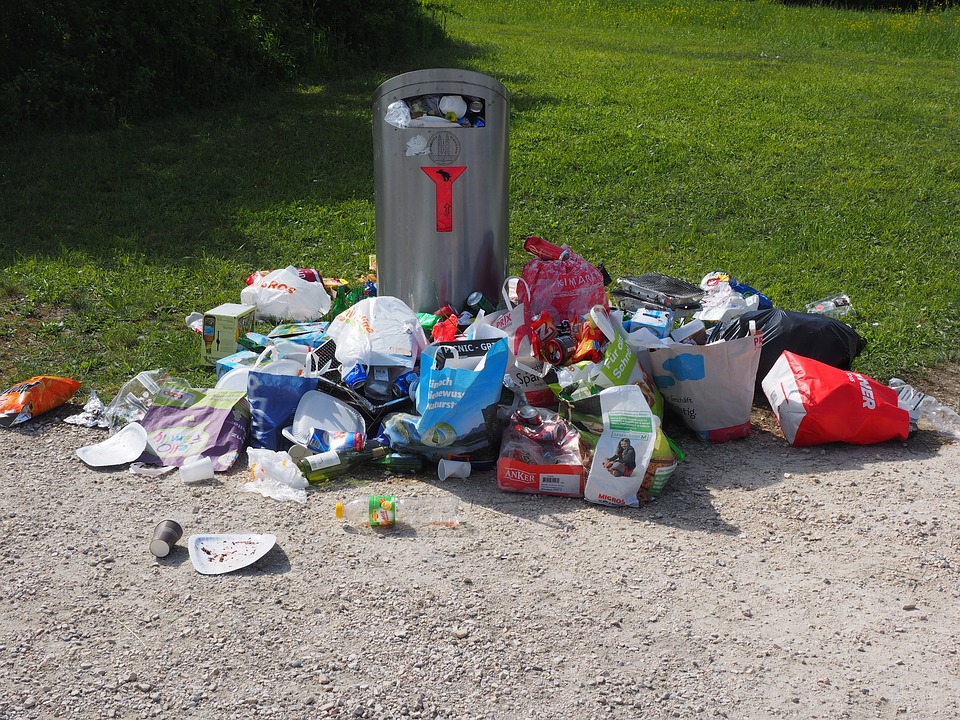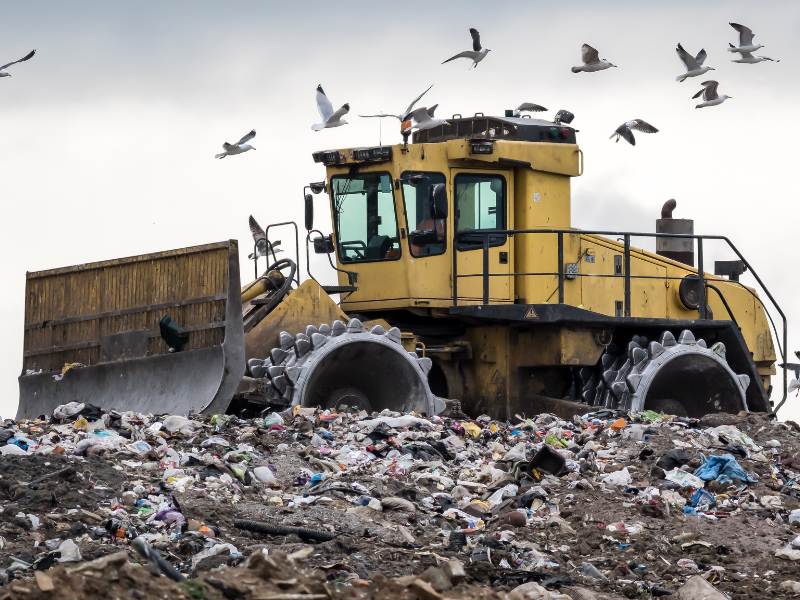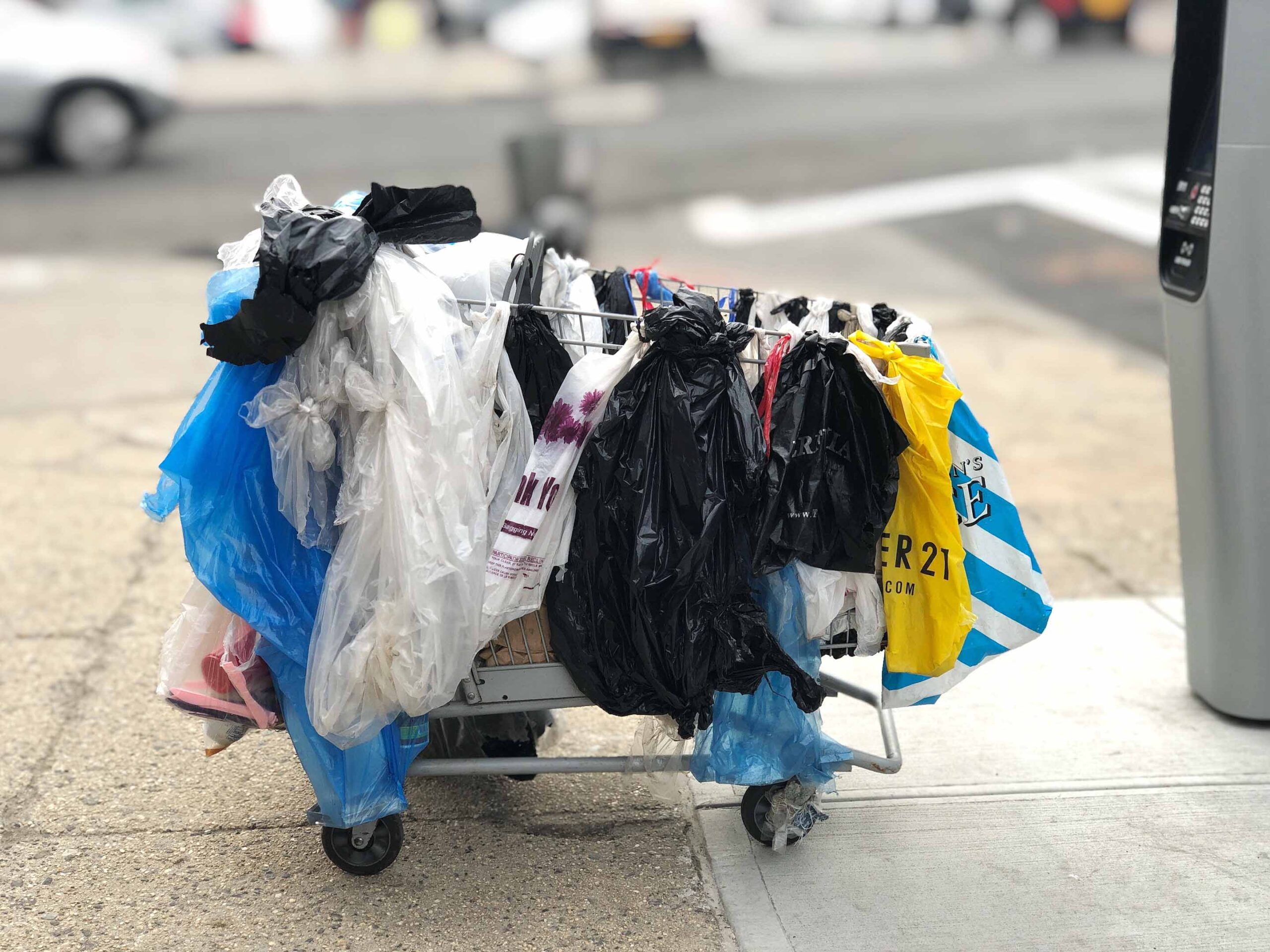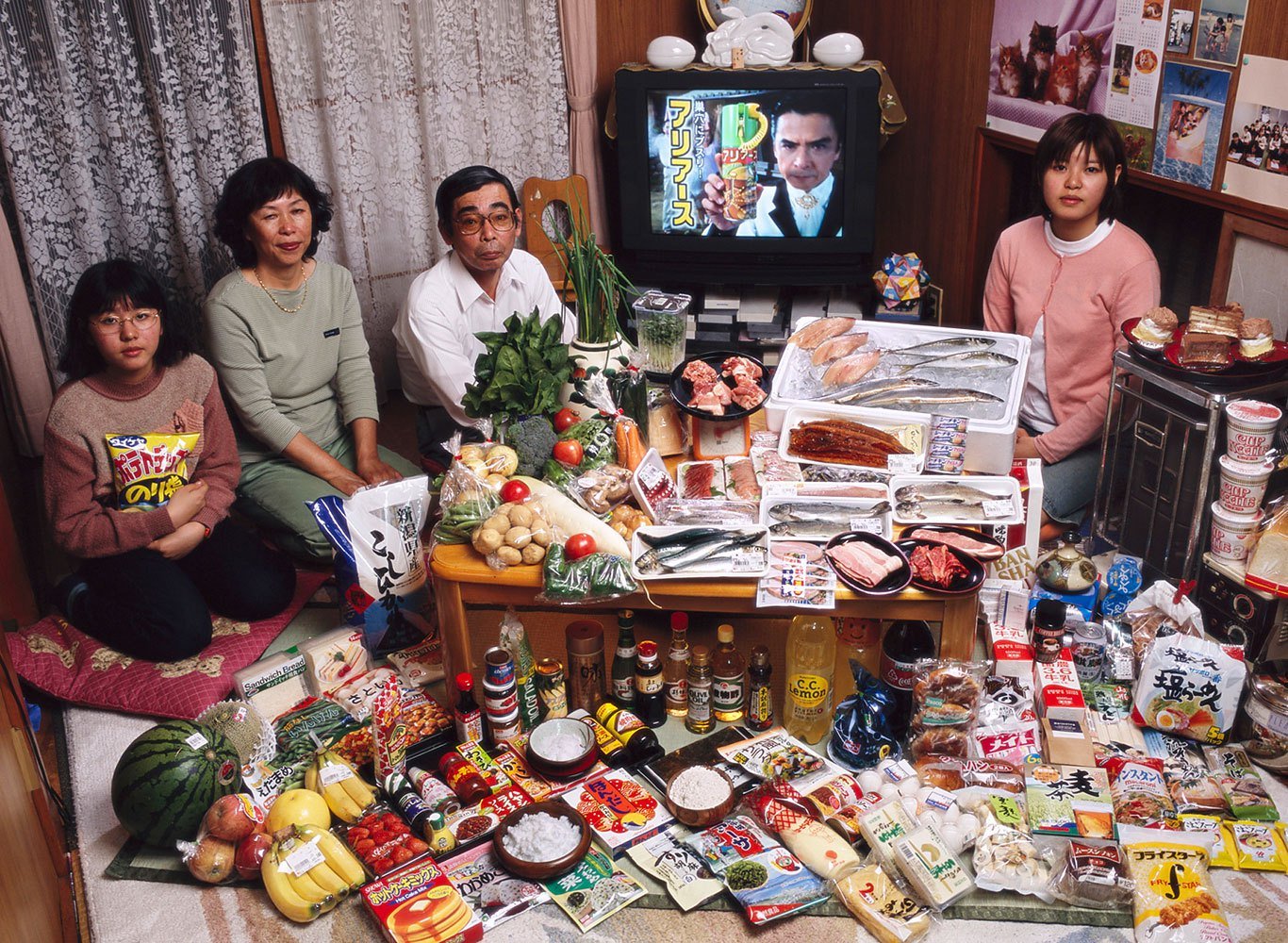Waste Sort Curriculum Activity
Suitable for Secondary (Years 7-10)
Victorian Curriculum Links:
Science
Years 7-8: (VCSSU100)
Geography
Years 9-10: (VCGGK142)
Design & Technologies
Years 7-8: (VCDSTS043)
Years 9-10:(VCDSTS054)
Activity Description
The Waste Sort activity raises awareness about the effects of the production of materials and disposal of goods on our environment. Students are invited to investigate the properties and characteristics of different materials, and to sort a range of ‘waste’ materials in various ways: renewable/non-renewable, recyclable/non-recyclable, biodegradable/non-biodegradable, etc. The activity supports knowledge of the alternatives to landfill, including recycling and reusing, and invites investigations into design solutions.
Key Concepts
5Rs (Refuse, Rethink, Reduce, Reuse, Recycle), Plastics, Landfill, Design Solutions, Resources
Key Learning Intentions
1. Sort and categorise materials on the basis of observable properties such as texture and flexibility
2. Identify materials that can be reused or recycled into new products
3. Investigate design solutions to minimise resource consumption and waste
Suggestions for Assessment
Formative
1. Participation in the Waste Sort activity
2. Participation in the Discussion questions below
Instructions
1. Waste Sort
Empty out the various waste items onto the table. Look through and explore different and similar characteristics of the various items. You need to decide on an approach to sorting these materials. How could you categorise them into different groups?
2. Discussion
1. How did you choose to categorise the items? Why?
2. Which of these materials are derived from renewable or non-renewable resources?
3. What are the impacts on our environment of the disposal of these items to landfill?
4. Chose one of the items sorted and suggest a design solution or alternative that would minimise resource use and waste
Suggested ResourceSmart Schools Module Links
Undertaking the activity as described above links to the ResourceSmart Schools Waste Module – actions B1.2, B1.3
Below is a list of extension activities that link to additional actions of the Waste module:
- Students create easy-to-follow bin signage to encourage correct waste sorting and recycling at school (ResourceSmart Schools Waste Module – actions A2.6, A7.7)
- Students undertake a bin audit of the school. Students report back to the whole school on contamination and opportunities for reducing waste going to landfill (ResourceSmart Schools Waste Module – actions A1.1 C2.1, C2.2)
- Students run an upcycling competition where commonly discarded waste items are repurposed in a creative and/or functional way (ResourceSmart Schools Waste Module – action B1.3)
- Students run a Nude Food lunch day at school to raise awareness around packaging and waste. Follow up with a whole school community survey to investigate opportunities to hold these on an ongoing basis (ResourceSmart Schools Waste Module – actions A3.1, A3.2, B1.4, C1.2, C1.4, C2.1)
- Invite local indigenous group/s to share their perspectives on waste from an environmental and historical point of view (ResourceSmart Schools Waste Module – actions B1.5, B1.6)
- Students write a learning story about key findings of the activity and share in your school’s newsletter and website (ResourceSmart Schools Waste Module – actions C1.1, C1.3)
Speak to your CERES ResourceSmart Schools Facilitator about further links to the Waste Module.

